Justin Dionne Mcarthur
age ~37
from Windsor Mill, MD
- Also known as:
-
- Justin D Mcarthur
- Phone and address:
-
3306 Courtleigh Dr, Baltimore, MD 21244
410 655-4887
Justin Mcarthur Phones & Addresses
- 3306 Courtleigh Dr, Windsor Mill, MD 21244 • 410 655-4887
- Essex, MD
- Randallstown, MD
Work
-
Company:Johns Hopkins Neurology
-
Address:601 N Caroline St, Baltimore, MD 21287
-
Phones:410 502-6844 410 955-0672
Education
-
School / High School:University Of London Guy`S Hospital Med School1979
Languages
English
Ranks
-
Certificate:American Board of Internal Medicine Certification in Internal Medicine
Images
Specialities
Adult Neurology • Pediatric Psychiatry
Medicine Doctors

Justin C Mcarthur, Baltimore MD
view sourceSpecialties:
Adult Neurology
Pediatric Psychiatry
Pediatric Psychiatry
Address:
Johns Hopkins Neurology
601 N Caroline St, Baltimore, MD 21287
410 502-6844 (Phone), 410 955-0672 (Fax)
601 N Caroline St, Baltimore, MD 21287
410 502-6844 (Phone), 410 955-0672 (Fax)
Procedures:
EMG (Electromyography)
Lumbar Puncture
Skin Biopsy
Lumbar Puncture
Skin Biopsy
Conditions:
Alzheimer's Disease
Anterior Horn Disease
Ataxia
Autonomic Disorders
Bell's Palsy
Brachial Plexus Palsy
Brain and Nervous System Cancer (incl. Gliomas, Astrocytoma, Schwannoma, Medulloblastoma, Chordoma)
Brain Injury
Carpal Tunnel Syndrome
Cerebral Aneurysm
Cerebral Artery Thrombosis
Cerebral Vascular Disease
Cerebrovascular Disease
Concussion
Convulsions
Cranial Trauma
Dementia
Dystonia
Encephalitis
Epilepsy
Essential Tremor
Gait Abnormality
Headache
HIV - Human Immunodeficiency Virus
Hydrocephalus
Inflammatory and Toxic Neuropathy
Intervertebral Disc Herniation
Low Back Pain
Lyme Disease
Migraine
Multiple Sclerosis (MS)
Myasthenia Gravis
Myelopathy
Normal Pressure Hydrocephalus
Optic Neuritis
Parkinson's Disease
Peripheral Nerve Disorders
Post-Concussion Syndrome
Pseudotumor Cerebri
Radiculopathy (not Due to Disc Displacement)
Sleep Apnea
Spinal Stenosis
Stroke
Tremor
Trigeminal Neuralgia
Vertigo
Anterior Horn Disease
Ataxia
Autonomic Disorders
Bell's Palsy
Brachial Plexus Palsy
Brain and Nervous System Cancer (incl. Gliomas, Astrocytoma, Schwannoma, Medulloblastoma, Chordoma)
Brain Injury
Carpal Tunnel Syndrome
Cerebral Aneurysm
Cerebral Artery Thrombosis
Cerebral Vascular Disease
Cerebrovascular Disease
Concussion
Convulsions
Cranial Trauma
Dementia
Dystonia
Encephalitis
Epilepsy
Essential Tremor
Gait Abnormality
Headache
HIV - Human Immunodeficiency Virus
Hydrocephalus
Inflammatory and Toxic Neuropathy
Intervertebral Disc Herniation
Low Back Pain
Lyme Disease
Migraine
Multiple Sclerosis (MS)
Myasthenia Gravis
Myelopathy
Normal Pressure Hydrocephalus
Optic Neuritis
Parkinson's Disease
Peripheral Nerve Disorders
Post-Concussion Syndrome
Pseudotumor Cerebri
Radiculopathy (not Due to Disc Displacement)
Sleep Apnea
Spinal Stenosis
Stroke
Tremor
Trigeminal Neuralgia
Vertigo
Languages:
English
Hospitals:
Johns Hopkins Neurology
601 N Caroline St, Baltimore, MD 21287
Johns Hopkins Bayview Medical Center
4940 Eastern Avenue, Baltimore, MD 21224
The Johns Hopkins Hospital
1800 Orleans Street, Baltimore, MD 21287
601 N Caroline St, Baltimore, MD 21287
Johns Hopkins Bayview Medical Center
4940 Eastern Avenue, Baltimore, MD 21224
The Johns Hopkins Hospital
1800 Orleans Street, Baltimore, MD 21287
Philosophy:
I use the examination itself as a teaching moment, not only for trainees who might be with me during the visit, but also for the patient. I make a concerted effort to describe verbally what I am seeing on the examination in the second person so that the patient is included in the process, and gains information about what I am seeing and how to interpret signs. During the wrap-up to the visit, I make a conscious effort to go over the differential diagnosis, and discuss treatment options.
Education:
Medical School
University Of London Guy`S Hospital Med School
Graduated: 1979
Medical School
The Johns Hopkins Hospital
Graduated: 1981
Medical School
Johns Hopkins Hospital
Graduated: 1985
Medical School
University Of London
Graduated: 1979
Medical School
Mph Johns Hopkins University
Graduated: 1988
University Of London Guy`S Hospital Med School
Graduated: 1979
Medical School
The Johns Hopkins Hospital
Graduated: 1981
Medical School
Johns Hopkins Hospital
Graduated: 1985
Medical School
University Of London
Graduated: 1979
Medical School
Mph Johns Hopkins University
Graduated: 1988

Justin Mcarthur
view sourceSpecialties:
Neurology
Work:
Johns Hopkins Hospital Neurology
600 N Wolfe St, Baltimore, MD 21287
410 614-1066 (phone), 410 502-6736 (fax)
600 N Wolfe St, Baltimore, MD 21287
410 614-1066 (phone), 410 502-6736 (fax)
Education:
Medical School
Univ of London Fac Med Guys Hosp Med Sch (see 917 21)
Graduated: 1979
Univ of London Fac Med Guys Hosp Med Sch (see 917 21)
Graduated: 1979
Procedures:
Lumbar Puncture
Neurological Testing
Sleep and EEG Testing
Neurological Testing
Sleep and EEG Testing
Conditions:
Multiple Sclerosis (MS)
Bell's Palsy
Epilepsy
Insomnia
Intracranial Injury
Bell's Palsy
Epilepsy
Insomnia
Intracranial Injury
Languages:
English
Spanish
Spanish
Description:
Dr. McArthur graduated from the Univ of London Fac Med Guys Hosp Med Sch (see 917 21) in 1979. He works in Baltimore, MD and specializes in Neurology. Dr. McArthur is affiliated with The Johns Hopkins Hospital.

Justin C McArthur, Baltimore MD
view sourceSpecialties:
Neurologist
Address:
600 N Wolfe St, Baltimore, MD 21287
600 N Wolfe, Baltimore, MD 21287
600 N Wolfe, Baltimore, MD 21287
Board certifications:
American Board of Internal Medicine Certification in Internal Medicine
American Board of Psychiatry and Neurology Certification in Neurology (Psychiatry and Neurology)
American Board of Psychiatry and Neurology Certification in Neurology (Psychiatry and Neurology)
Us Patents
-
Device For Thermal Stimulation Of Small Neural Fibers
view source -
US Patent:20040243021, Dec 2, 2004
-
Filed:May 5, 2004
-
Appl. No.:10/494584
-
Inventors:John Murphy - Clarksville MD, US
Rafal Szczepanowski - Hanover MD, US
Wolfger Schneider - Columbia MD, US
Richard Meyer - Columbia MD, US
Justin McArthur - Phoenix MD, US
Michael Polydefkis - Baltimore MD, US -
International Classification:A61B005/00
-
US Classification:600/549000, 600/555000
-
Abstract:A device operable to assess temperature response of small neural fibers. The device includes a heat source. A skin contacting probe tip that includes at least one skin contacting region is operatively connected to the heat source and operable to apply a heat to regions of skin having varying surface areas. A temperature sensor is arranged in the vicinity of the probe tip and is operable to detect a temperature of the probe tip. A controller is operatively connected to the heat source and the temperature sensor to maintain a target temperature of the probe tip.
-
Immunophilin Ligand Treatment Of Antiretroviral Toxic Neuropathy
view source -
US Patent:20050131029, Jun 16, 2005
-
Filed:Apr 30, 2004
-
Appl. No.:10/836517
-
Inventors:Ahmet Hoke - Towson MD, US
John Griffin - Hunt Valley MD, US
Sanjay Keswani - Ellicott City MD, US
Justin McArthur - Baltimore MD, US -
Assignee:Johns Hopkins University - Baltimore MD
-
International Classification:A61K031/4439
G01N033/53
G01N033/567 -
US Classification:514343000, 435007200
-
Abstract:The present invention relates to in vitro models of identifying non-immunosuppressive immunophilin ligands that are useful in the treatment or prevention of peripheral neuropathies. Other embodiments of the present invention include methods of using non-immunosuppressive immunophilin ligands for the treatment of antiretroviral toxic neuropathies.
-
Apparatus And Method For Treating Ulnar Neuropathy
view source -
US Patent:8366647, Feb 5, 2013
-
Filed:Dec 30, 2005
-
Appl. No.:11/794595
-
Inventors:Beth B. Murinson - Baltimore MD, US
Justin C. McArthur - Baltimore MD, US -
Assignee:The Johns Hopkins University - Baltimore MD
-
International Classification:A61F 5/00
A61F 13/00 -
US Classification:602 20, 602 61, 128846, 128869, 128881
-
Abstract:An apparatus and method for treating ulnar neuropathy are disclosed. An apparatus for treating ulnar neuropathy includes an inner face for engaging an arm with an upper end terminating above the elbow and a lower end terminating below the elbow; a plurality of mechanical fasteners along an edge of the inner face; an outer face having channels to promote circumferential flexibility; and a plurality of mechanical fasteners on the outer face positioned to oppose the plurality of mechanical fasteners on the inner face. A method of treating ulnar neuropathy includes placing an inner face in contact with the arm; wrapping the device around the arm to extend above and below the elbow; engaging mechanical fasters on the inner face with mechanical fasteners on the outer face; and tightening the device to support the elbow while allowing normal circulation in the arm.
Name / Title
Company / Classification
Phones & Addresses
Neurology
Pediatric Epilepsy Center
Medical Doctor's Office · Offices of Physicians, Except Mental Health
Medical Doctor's Office · Offices of Physicians, Except Mental Health
600 N Wolfe St, Baltimore, MD 21287
600 N Wlfe Myer, Baltimore, MD 21287
410 955-9100
600 N Wlfe Myer, Baltimore, MD 21287
410 955-9100
Justin McArthur MD,MBBS
Neurologist · Internist
Neurologist · Internist
600 N Wolfe St, Baltimore, MD 21287
410 955-5464
410 955-5464
Director
Jhac Human Resource
Management Consulting Services
Management Consulting Services
6704 Curtis Ct, Glen Burnie, MD 21060
Director
The Wilmer Eye Institute at Co
Medical Doctor's Office
Medical Doctor's Office
10700 Charter Dr, Columbia, MD 21044
Neurology
John Hopkins Hospital
General Hospital
General Hospital
600 N Wolfe St, Baltimore, MD 21287
Resumes

Professor
view sourceLocation:
Baltimore, MD
Industry:
Research
Work:
Johns Hopkins University
Professor and Director, Department of Neurology
Johns Hopkins School of Medicine
Professor
Professor and Director, Department of Neurology
Johns Hopkins School of Medicine
Professor
Education:
Johns Hopkins Bloomberg School of Public Health 1985 - 1988
Master of Public Health, Masters, Epidemiology University of London 1974 - 1979
Bachelors, Bachelor of Medicine, Medicine
Master of Public Health, Masters, Epidemiology University of London 1974 - 1979
Bachelors, Bachelor of Medicine, Medicine
Skills:
Clinical Research
Medical Education
Public Health
Biochemistry
Clinical Trials
Immunology
Animal Models
Immunohistochemistry
Research
Statistics
Neuroscience
Medicine
Science
Cell Biology
Epidemiology
Cell Culture
Cancer
Genetics
Healthcare
Healthcare Management
Neurology
Life Sciences
Lifesciences
Hospitals
Molecular Biology
Public Speaking
Medical Education
Public Health
Biochemistry
Clinical Trials
Immunology
Animal Models
Immunohistochemistry
Research
Statistics
Neuroscience
Medicine
Science
Cell Biology
Epidemiology
Cell Culture
Cancer
Genetics
Healthcare
Healthcare Management
Neurology
Life Sciences
Lifesciences
Hospitals
Molecular Biology
Public Speaking

Account Executive
view sourceLocation:
Nottingham, MD
Industry:
Mechanical Or Industrial Engineering
Work:
Tustin Mechanical Svc
Account Executive
Account Executive

Emergency Room
view sourceLocation:
Windsor Mill, MD
Industry:
Hospital & Health Care
Work:
Northwest Hospital
Emergency Room
Emergency Room

Building Services Consultant
view sourceWork:
Building Services Consultant

Justin Mcarthur
view sourceIsbn (Books And Publications)
-
Current Therapy In Neurologic Disease
view source -
Author:Justin C. McArthur
-
ISBN #:0323014720
-
Diseases Of The Nervous System: Clinical Neuroscience And Therapeutic Principles
view source -
Author:Justin C. McArthur
-
ISBN #:0521793513
-
Aids And Neurology
view source -
Author:Justin C. McArthur
-
ISBN #:0443048967
Myspace

Justin McArthur Free Mus...
view sourceJustin McArthur's official profile including the latest music, albums, songs, music videos and more updates.
Classmates

Justin McArthur
view sourceSchools:
Ft. Oglethorpe Elementary School Ft. Oglethorpe GA 1993-1997
Community:
Clayton Brannon, Sandra Powell

Ft. Oglethorpe Elementary...
view sourceGraduates:
Justin McArthur (1993-1997),
Thomas Mullins (1950-1954),
Jennifer Williams (1988-1994),
Richard Ripper (1993-1994),
Renea Jenkins (1976-1983)
Thomas Mullins (1950-1954),
Jennifer Williams (1988-1994),
Richard Ripper (1993-1994),
Renea Jenkins (1976-1983)
Googleplus
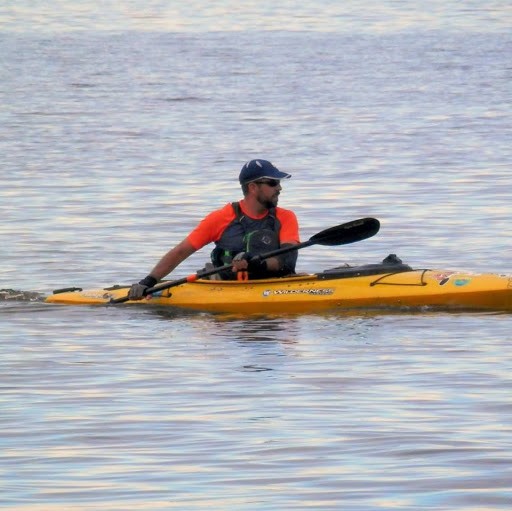
Justin Mcarthur
Work:
M & J Wright Investments - Maintenance Director
Education:
Horace Mann H.S.
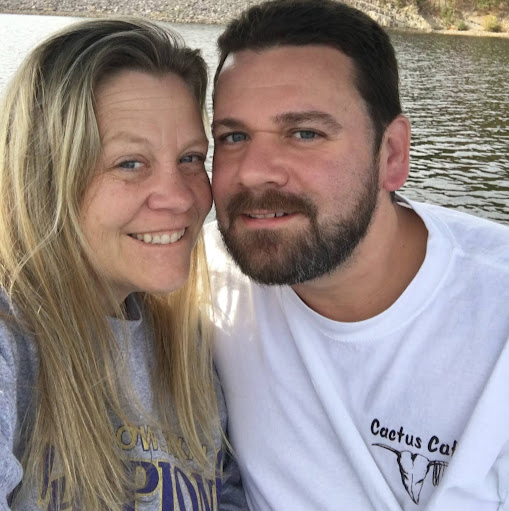
Justin Mcarthur
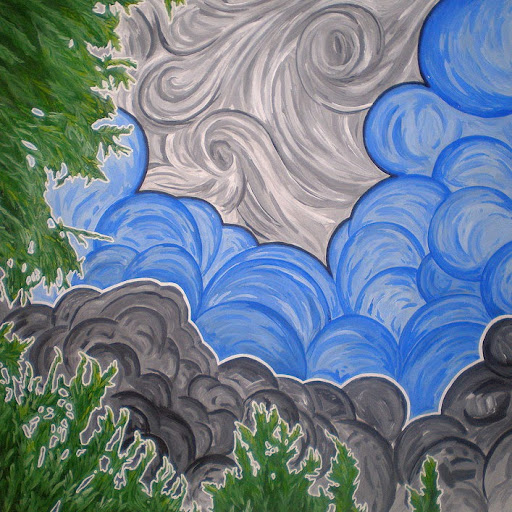
Justin Mcarthur

Justin Mcarthur

Justin Mcarthur
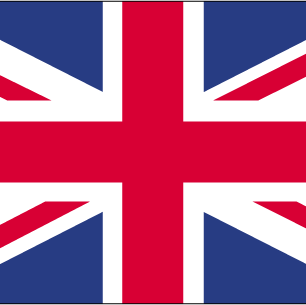
Justin Mcarthur
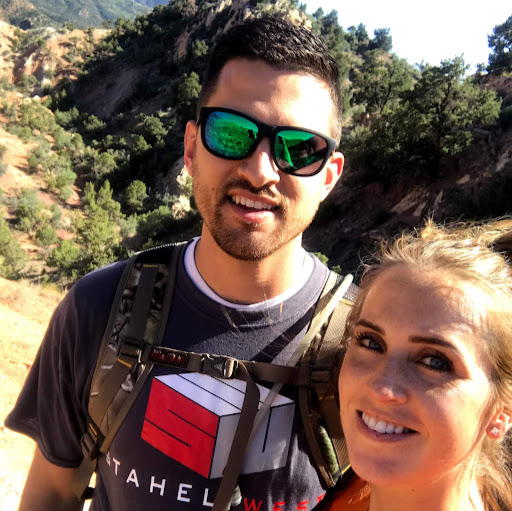
Justin Mcarthur
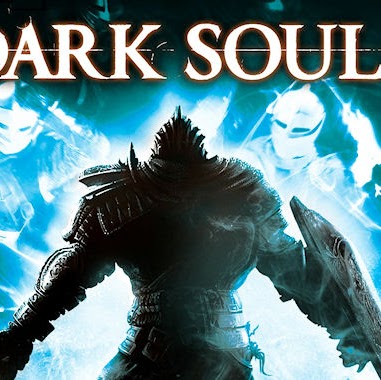
Justin Mcarthur

Justin McArthur
view source
Justin Mcarthur
view source
Justin McArthur
view source
Justin Mcarthur
view source
Justin Mcarthur
view source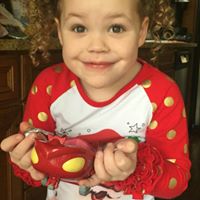
Justin Mcarthur
view source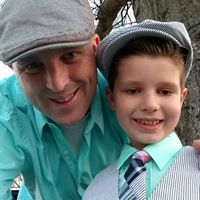
Justin McArthur
view source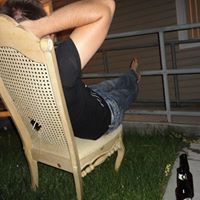
Justin Mcarthur
view sourceFlickr
Youtube
Get Report for Justin Dionne Mcarthur from Windsor Mill, MD, age ~37












